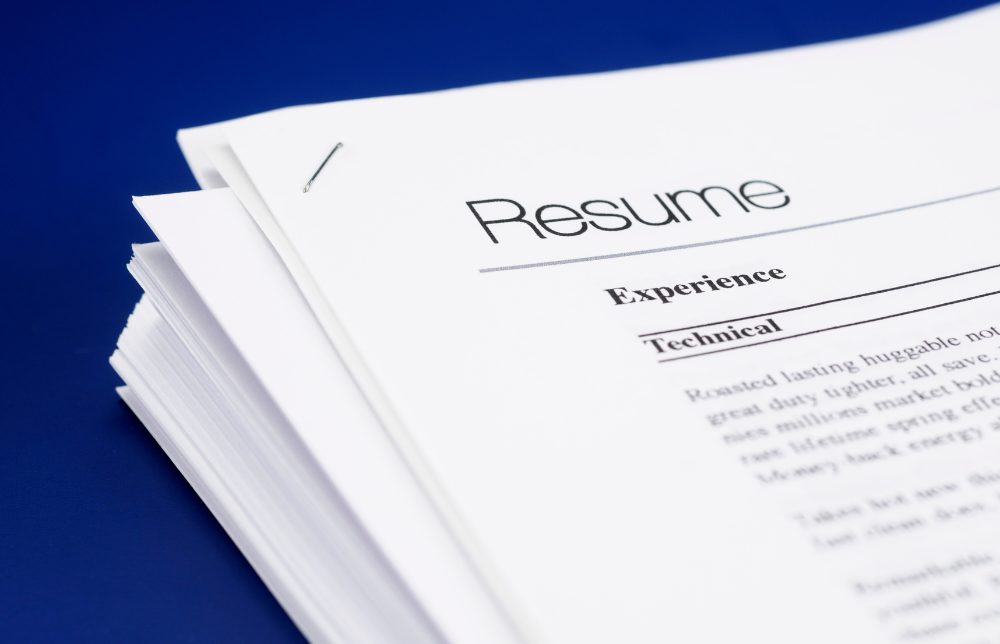Explainer: Australia’s New Closing the Gender Pay Gap Bill
What is the purpose of mandatory gender pay gap reporting laws? In March 2023, The Workplace Gender Equality Amendment (Closing the Gender Pay Gap) Bill 2023 passed Parliament. This bill ...

What is the purpose of mandatory gender pay gap reporting laws?
In March 2023, The Workplace Gender Equality Amendment (Closing the Gender Pay Gap) Bill 2023 passed Parliament.
This bill means that from early next year, all Australian businesses with 100 or more employees will have their gender pay gap published by the Workplace Gender Equality Agency (WGEA). The bill was introduced by the Federal Government as a way to create further transparency around the gender pay gap in Australia and to drive action toward closing it.
As it stands, companies are required to report their workforce data and performance against key indicators of gender equality to the WGEA each year. Employers then receive WGEA reports with their employer gender pay gap and a benchmark of their progress against industry peers. These reports were provided confidentially. However, the new law now means that employer gender pay gaps are required to be published on the WGEA website from early next year.
While this is a significant step forward in tackling gender pay disparity in Australia, other countries around the world have already instigated very similar gender pay transparency laws. Canada, France, Germany, Israel and the UK, to name only a few, already have laws that require companies to publish their gender pay gaps (with varying requisites).
In New Zealand, the campaign for greater pay transparency is gaining traction. Mind the Gap NZ is the country’s first Pay Gap Registry. It is encouraging businesses to voluntarily report their gap as well as lobbying the government to introduce mandatory reporting.
The rationale behind the reform in Australia is to promote pay transparency and drive greater accountability when it comes to closing the gender pay gap. It firmly puts the responsibility on employers to take a closer look at their workforce and determine whether they’re doing enough to strengthen gender equality in the workplace.
Key dates under the Closing the Gender Pay Gap Bill
There is a strict timeline for when these new changes will be taking place. Here are some of the key dates you need to know about regarding the new gender pay gap law:
- March 2023 – The Closing the Gender Pay Gap Bill passes parliament.
- Early 2024 – WGEA will publish the first private sector employers’ gender pay gaps on their website. This will include employer gender pay gaps by median and remuneration quartiles.
- Late 2024 or early 2025 – WGEA will publish the first public sector employers’ gender pay gaps on their website. This will include employer gender pay gaps by median and remuneration quartiles. It is yet to be decided if mean gender pay gaps will be included.
- Late 2024 or early 2025 – WGEA will publish the private sector pay gaps from the 2023-24 reporting. For the first time, CEO, head of business, and casual manager remuneration can be included in the calculation. Published data will include the mean, median and remuneration quartiles.
What are the key changes employers need to know about?
While employers have had to report on their gender pay gap in the past, the big difference now is that these results will be publicly available on the WGEA website. This will allow employees and prospective employees to see what the gender pay gap of a company is. On top of this, there will be additional mandatory questions that employers will need to answer as of next year when they begin the next phase of reporting.
The other key change comes in April 2024, when employers with 500 or more employees will need a policy for each of the six Gender Equality Indicators. This is a group of indicators used by WGEA that allows employers to gain better insight into the gender inequality that may exist within their organisation. These indicators are:
- Gender composition of the workforce.
- Gender composition of governing bodies.
- Equal remuneration between women and men.
- Availability and utility of employment terms, conditions and practices relating to flexible working arrangements for employees and to working arrangements supporting employees with family or caring responsibilities.
- Consultation with employees on issues concerning gender equality in the workplace.
- Sex-based harassment and discrimination.
What are the benefits of mandatory gender pay gap reporting?
The objective of mandatory gender pay gap data disclosure is to ensure that organisations can accurately gauge how they’re performing in terms of gender equality. As the gender pay gap is a key indicator of gender equality in the workforce, organisations should be working to ensure that this gap is as small as possible.
Benefits of mandatory gender pay gap reporting include:
1. Increased transparency and awareness of gender pay disparities
Championing transparency and awareness means making pay secrecy a thing of the past. Pay transparency benefits all employees of a company, especially women. When information like a company’s gender pay gap becomes publicly available, it can help to identify discriminatory pay patterns. This can force a company to examine biases that exist and work towards more equitable solutions for everyone.
2. Promoting accountability and encouraging organisations to take action
Organisations with a significant gender pay gap will need to take responsibility for this disparity, and work towards a viable, actionable solution to close the gap.
3. Facilitating benchmarking and comparison across industries and sectors
With greater access to other organisations’ gender pay gap information, employers can compare themselves to other businesses, providing a verified benchmark. Benchmarking can act as a mark of success for organisations taking positive action, while at the same time forcing those at the other end of the spectrum to improve if they want to recruit and retain top talent.
4. Empowering employees to make informed decisions about their career choices
Making an organisation’s gender pay gap public will allow employees and prospective employees to see for themselves what the gap is. This could provide an insight into their future prospects with the company, while also allowing them to see if the company’s values align with their own.
The impact and outcomes of gender pay gap reporting
Passing the Closing the Gender Pay Gap Bill signified a considerable step forward for the future of pay equity for women. The national gender pay gap in Australia currently stands at 13.3%. The average weekly ordinary full-time earnings across all industries and occupations for women are $1,653.60. In comparison, the average weekly ordinary full-time earnings for men are $1,907.10. This means that for every dollar earned by the average man, women only earned 87 cents.
While the national gender pay gap is very slowly trending downward, there is still a long way to go.
Overall, there are many positive outcomes to be taken from the passing of these new gender pay gap laws. For starters, the bill will continue to raise awareness about the disparity in wages for women and men, generating further public discourse on the matter.
With the topic clearly in the public eye and with organisations’ gender pay gaps publicly available, there will be an increased organisational focus on addressing gender pay disparities. This should further motivate companies to implement proactive strategies that can help close the gender pay gap, and not just offer tokenistic gestures that don’t address the root cause of the problem.
Broader cultural changes
There are various, complex reasons for the existence of the gender pay gap..
The WGEA website details some of these reasons, such as the historic undervaluing of so-called “women’s work”. It is well documented that female-dominated industries and jobs attract lower wages; while women seeking to find work or progress in male-dominated industries face various challenges and obstacles.
On top of this, deeply rooted societal expectations and stereotypes mean that many people still hold outdated (and sometimes unconscious) biases against the roles of women and men. This means that women often take on an unequal share of unpaid domestic and care work. But this can also deprive men of a better work-life balance that does not allow them to spend as much time with their families.
This is why initiatives such as equal paid parental leave schemes play an important role in allowing both parents the time they need with their newborn, regardless of their gender. Encouraging new dads to take parental leave contributes to changing entrenched gender norms, but also creates opportunities for other employees to advance their careers. Reducing the gender pay gap is a big task – but it is possible. And forcing greater pay gap transparency creates the potential for broader cultural and systematic changes towards improving gender equality. These changes can start in the workplace, creating a path for a more fair and equitable future.
About ELMO Software
ELMO Software is the most preferred HR, payroll & expense management software provider in Australia, compared to our competitors. And when people choose ELMO, they rarely think of switching. In fact, almost 70% of our customers say they’re unlikely to change their HRIS provider within the next 12 months.*
With a highly configurable product that can be tailored to suit your business, industry-leading security practices, and a supportive implementation process, it’s no wonder more people prefer – and stick with – ELMO.
Visit our website to learn more about ELMO’s product and how our software can help your business.
*YouGov findings are based on the survey responses from 347 HR decision makers in Australian businesses with 50+ employees. Responses were collected in March 2023.
 HR Core
HR Core 










